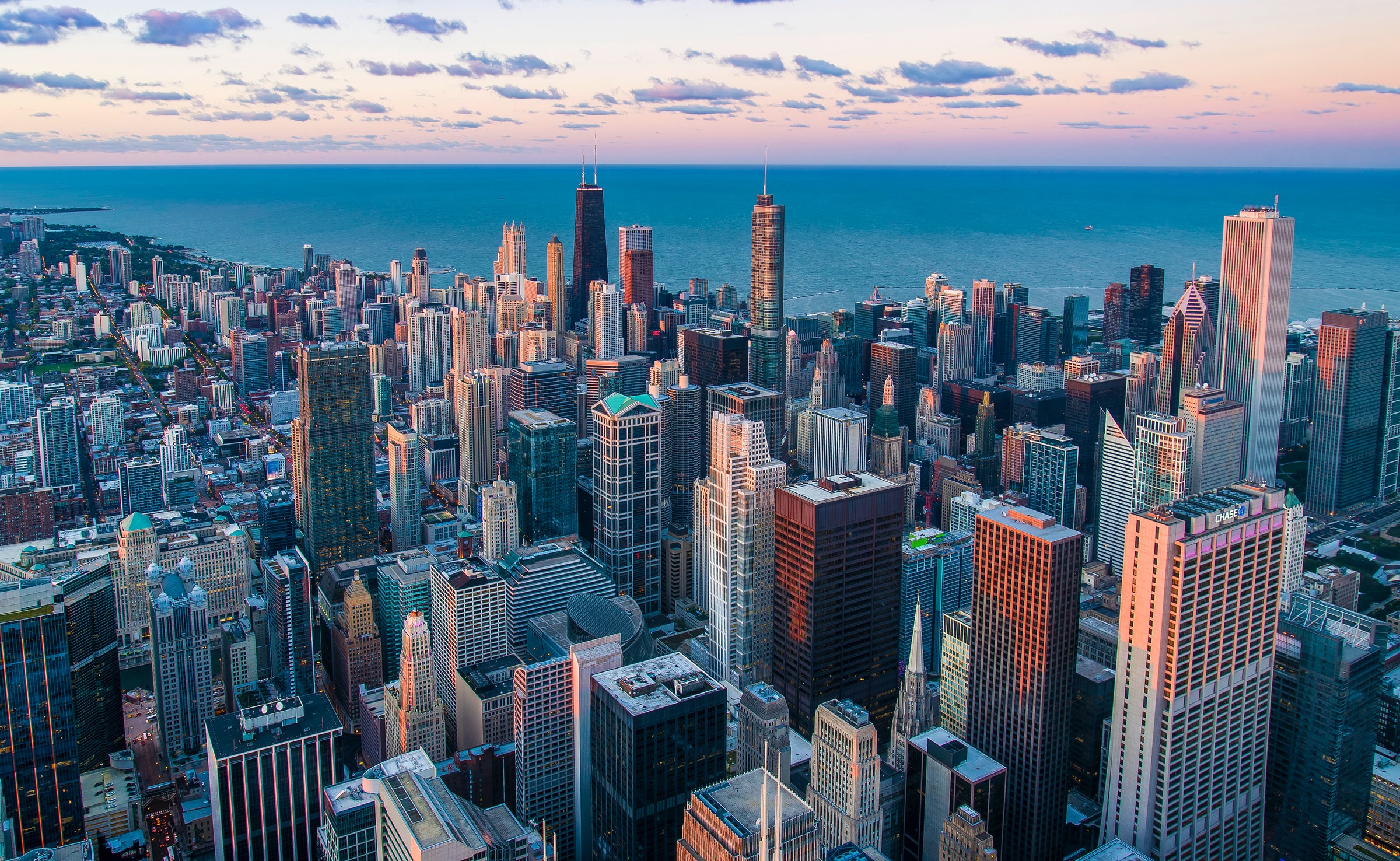
Political & Consumer Perspective on Urban Aerial Mobility
| Tags | AirConsumer PerspectivePolitical PerspectivePoliticsUrban |
|---|---|
| Publication Date |
Political Perspective
According to the Strategic Transport Research and Innovation Agenda (STRIA) adopted by the European Commission in 2017, drones may be the key factor of considerably lowering carbon emissions in air traffic, enabling electric propulsion in aviation and setting standards for automation in traffic units. [1]
Up to 113.9 thousand tons of CO₂ could be emitted less when employing drones in metropolitan areas, according to Virginia Tech. [2]
Politically relevant is also the perspective of reducing the amount of cars on the road: In high density areas up to 8,300 cars per city could be removed [3] , leaving more space for other road users. This could substantially reshape urban traffic and could require new legislation to be managed.
But with the introduction of delivery and passenger drones to urban aerospaces, governments and urban administrations face a major, unprecedented challenge: Composing new legislation for urban aerospace and aerial traffic regulations. Of course, safety has to be the main focus of these new rule sets, but other important factors have to be considered as well: E.g. avoiding congestion of urban aerospaces and preventing delay in drone traffic while introducing simple and comprehensible legal frameworks. [4]
In Germany, political discussion about new legislation to make the use of unmanned aerial vehicles safer, easier and better regulated is underway and has already resulted in a new law on June 17th 2021. [5]
Consumer Perspective
Overall, there are many unanswered questions regarding urban aerial traffic that could not be addressed yet due to the lack of empirical evidence, practical experiences and information. Generally, consumers are concerned about various different aspects of urban aerial mobility. Safety is perhaps the most central one: According to CNBC, over 50% of US-American participants in a study conducted by YouGov in 2017, wouldn’t feel safe riding on a passenger drone. [6]
Delivery drones on the other hand, are rather well received: In a Virgina Tech survey, 89% of respondents stated they “would use [a] service” [7] like this. For delivery drones, the aspect of safety plays another, slightly different role: It has to be ensured through sufficient trials and testing, that products that are being delivered arrive at the consumer in time and in flawless condition. Overall, it still has to be mentioned that acceptance as well as dislike in surveys comes mostly from a theoretical standpoint and only very few of the respondents have actually used services similar to the ones that are subject of these studies. [8] Another major concern regarding traffic in urban aerial environments is the security of data and the fear of potential privacy breaches. Vision-based navigation systems are currently the most promising approach for drones to navigate and would be almost impossible to align with protection of personal data. [9]
A possible solution to this challenge, could be either adjusted visual systems that the drones operate on and that would e.g. blur road users, pedestrian and/or their property to ensure the protection of their personal rights or GPS-based navigation systems that do not rely on visual input. [10]
Sources
[1] Aurambout, J., Gkoumas, K. & Ciufoo, B. (2019). Last mile delivery by drones: an estimation of viable market potential and access to citizens across European cities. European Transport Research Review, 11(30). pp. 4-6.
[2] [3] Lyon-Hill, S. et al. (2020, September 16). Perspectives on drone delivery: From the first community in the U.S. to experience residential package delivery by drone. Available at https://vtx.vt.edu/articles/2021/04/ictas-dronedeliverysurvey.html. pp. 17-28.
[4] Straight, B. (2021, April 1). Without planning, drones represent a flying traffic nightmare. In Freightwaves. https://www.freightwaves.com/news/without-planning-drones-represent-a-flying-traffic-nightmare.
[5] Deutscher Bundestag. (2021, June 17). Gesetz zur Anpassung nationaler Regelungen an die Durchführungsverordnung (EU) 2019/947 der Kommission vom 24. Mai 2019 über die Vorschriften und Verfahren für den Betrieb unbemannter Luftfahrzeuge. Bundesgesetzblatt (BGBL), Nr. 32.
[6] Browne, R. (2017, July 10). Would you feel safe riding a passenger drone? According to research, most Americans wouldn’t. In CNBC. https://www.cnbc.com/2017/07/10/would-you-feel-safe-riding-a-passenger-drone-according-to-research-most-americans-wouldnt.html.
[7] Lyon-Hill, S. et al. (2020, September 16). Perspectives on drone delivery: From the first community in the U.S. to experience residential package delivery by drone. Available at https://vtx.vt.edu/articles/2021/04/ictas-dronedeliverysurvey.html. pp. 6-10.
[8] Wing. (2021, April 22). How does the public feel about drone delivery? https://blog.wing.com/2021/04/public-sentiment-drone-delivery.html#top2.
[9] [10] Moran, O. et al. (2017, May 3). Hybrid Urban Navigation for Smart Cities. International Conference on Intelligent Transportation Systems (ITSC). pp. 5-8.